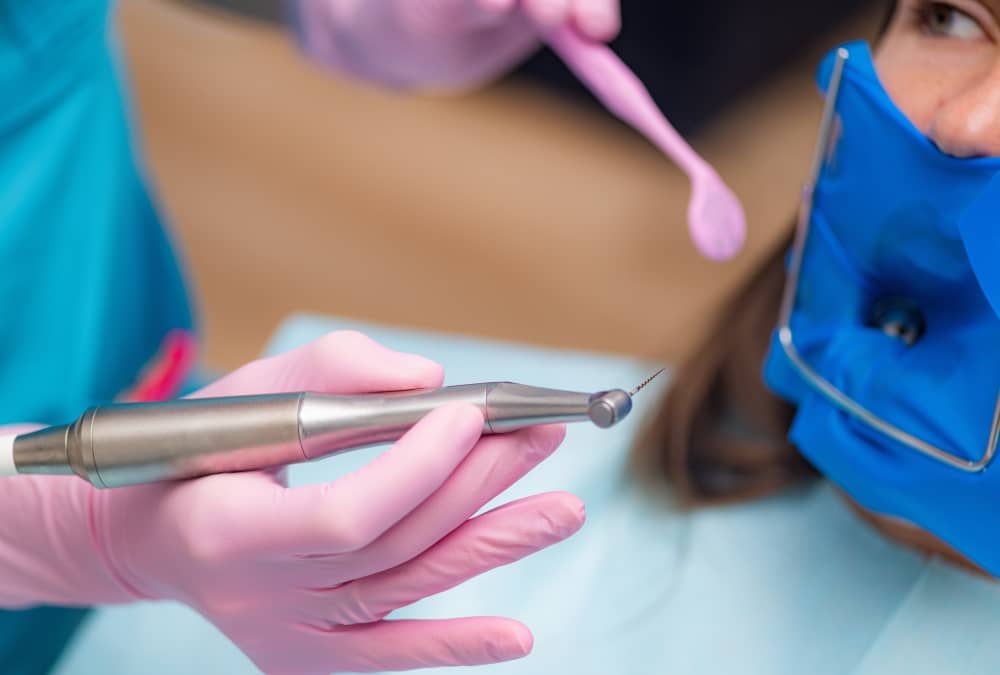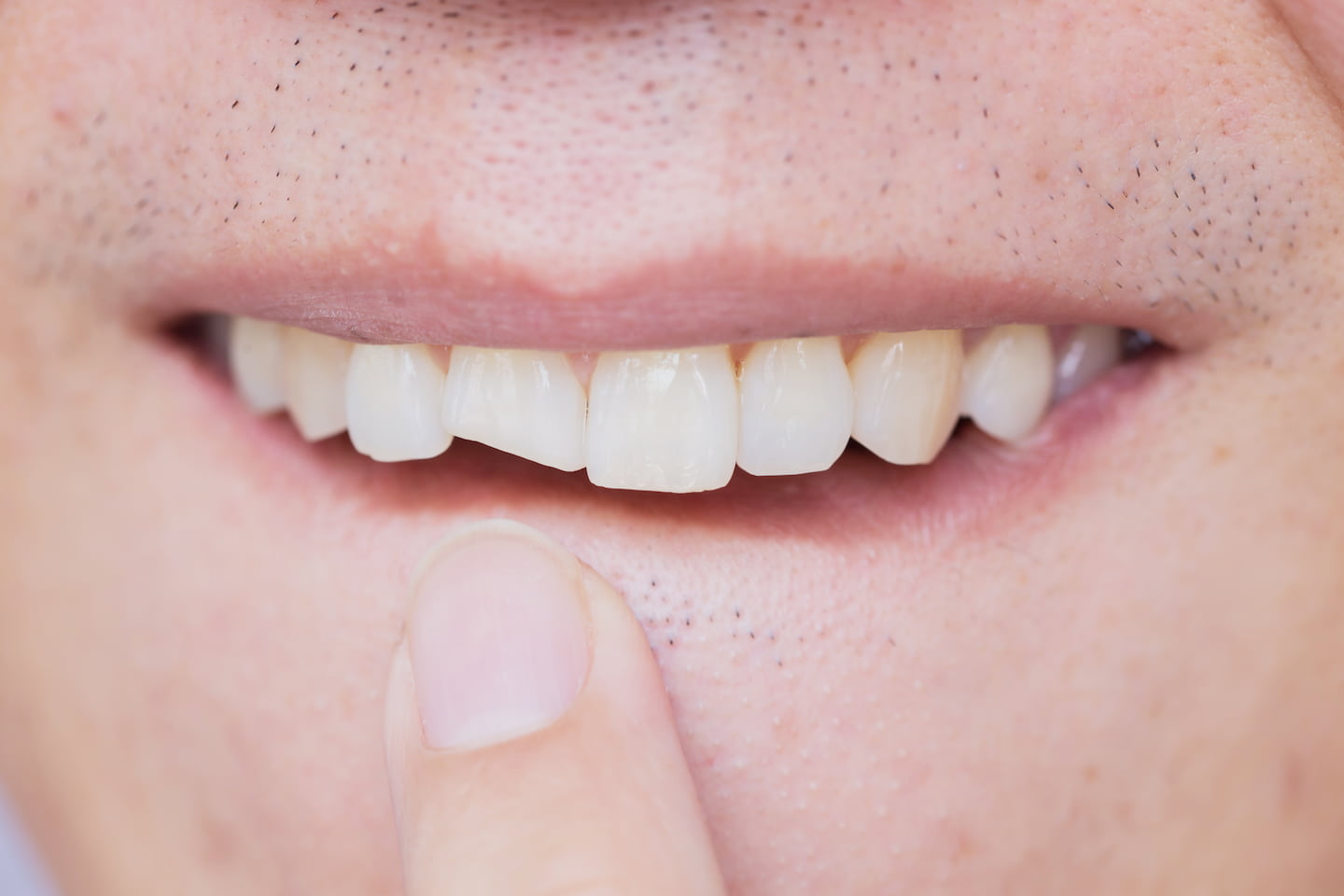
Understanding Root Canal Treatment
Learn about what to expect during a root canal procedure and how to manage any discomfort or anxiety associated with it.
- Types of sedation used
- Procedure steps
- Aftercare tips
- Long-term benefits
Learn the ins and outs of dental sedation practices, from types and regulatory standards to insurance coverage in Australia.
Dental sedation in Australia plays a vital role in helping patients manage anxiety and discomfort during dental procedures. Whether it’s a routine check-up or a complex treatment, sedation can make dental visits more comfortable and accessible. This article explores the various sedation options available, the regulatory framework governing their use, what patients can expect, and important considerations regarding cost and insurance coverage.
Nitrous oxide, commonly known as "laughing gas," is a mild sedation technique that involves inhaling a mixture of nitrous oxide and oxygen. It is administered through a mask placed over the nose and takes effect quickly, helping patients feel relaxed and at ease. Nitrous oxide is ideal for those with mild to moderate dental anxiety and is often used for shorter procedures. The effects wear off rapidly once the gas is discontinued, allowing patients to resume normal activities soon after their appointment.
Oral conscious sedation involves taking a sedative medication, usually in pill form, before the dental procedure. This method is suitable for patients with moderate anxiety or those undergoing longer or more complex treatments. The medication helps patients feel drowsy and relaxed, though they remain conscious and able to respond to verbal cues. Oral sedation is convenient and non-invasive, making it a popular choice for many patients.
Intravenous (IV) sedation is a deeper form of sedation administered directly into the bloodstream through a vein. It is typically used for patients with severe anxiety, those undergoing extensive dental work, or individuals who require a higher level of sedation. IV sedation allows for precise control over the level of sedation, ensuring patient comfort throughout the procedure. Patients may feel drowsy or even fall asleep, but they can be easily awakened if necessary. IV sedation is carefully regulated and can only be performed by dentists who have received specific training and endorsement.
The Dental Board of Australia sets strict standards for the administration of dental sedation to ensure patient safety. Dentists must complete approved competency-based courses in dental sedation and medical emergencies before they can apply for endorsement to provide sedation services. The Board’s registration standard outlines the minimum requirements for both minimal and moderate sedation, specifying the types of sedation that non-endorsed and endorsed dentists can administer.
Dental sedation provides comfort and reduces anxiety for a wide range of patients during various dental procedures.
With proper regulation and administration, sedation can make necessary dental care accessible to those who would otherwise avoid it due to fear.

Patient safety is paramount in dental sedation. Dentists must adhere to strict monitoring protocols during sedation, including continuous observation of vital signs and readiness to respond to any complications. Practices that offer sedation must also meet specific facility and equipment requirements, such as having appropriate resuscitation equipment and trained staff on hand. These measures help minimize risks and ensure that patients receive the highest standard of care.
Dental sedation is particularly beneficial for individuals who:
Sedation can also be helpful for patients who avoid dental care due to fear or anxiety, making it easier for them to maintain good oral health.
Before undergoing dental sedation, patients should:
These steps help ensure that sedation is safe and effective for each individual.
The cost of dental sedation varies depending on the type of sedation, the complexity of the procedure, and the duration of sedation required. Generally:
Patients should discuss pricing with their dentist to understand the full cost of their treatment.
Most private health insurance policies in Australia do not cover dental sedation, though some may offer limited coverage for certain procedures. Public health insurance generally does not cover sedation unless it is deemed medically necessary. Patients are encouraged to contact their insurance provider directly to confirm coverage and explore any available options.
Dental sedation in Australia offers a range of options to help patients manage anxiety and discomfort during dental procedures. From mild techniques like nitrous oxide to deeper sedation methods such as IV sedation, there is a solution for every patient’s needs. Strict regulations and safety protocols ensure that sedation is administered safely and effectively. By understanding the different types of sedation, regulatory requirements, and cost considerations, patients can make informed decisions about their dental care and choose the right sedation type for their comfort and safety.
We partner with industry leaders to ensure the highest standards in dental care and sedation practices.




Learn about what to expect during a root canal procedure and how to manage any discomfort or anxiety associated with it.

Explore treatment options for cracked teeth and how dental sedation can support a comfortable experience.
Discover the latest technologies transforming dental practice today, including the role of digital sedation protocols.
Understanding new regulatory changes impacting sedation dentistry in Australia.
Explore why regular dental checkups are essential for maintaining good oral health and how sedation can play a role.